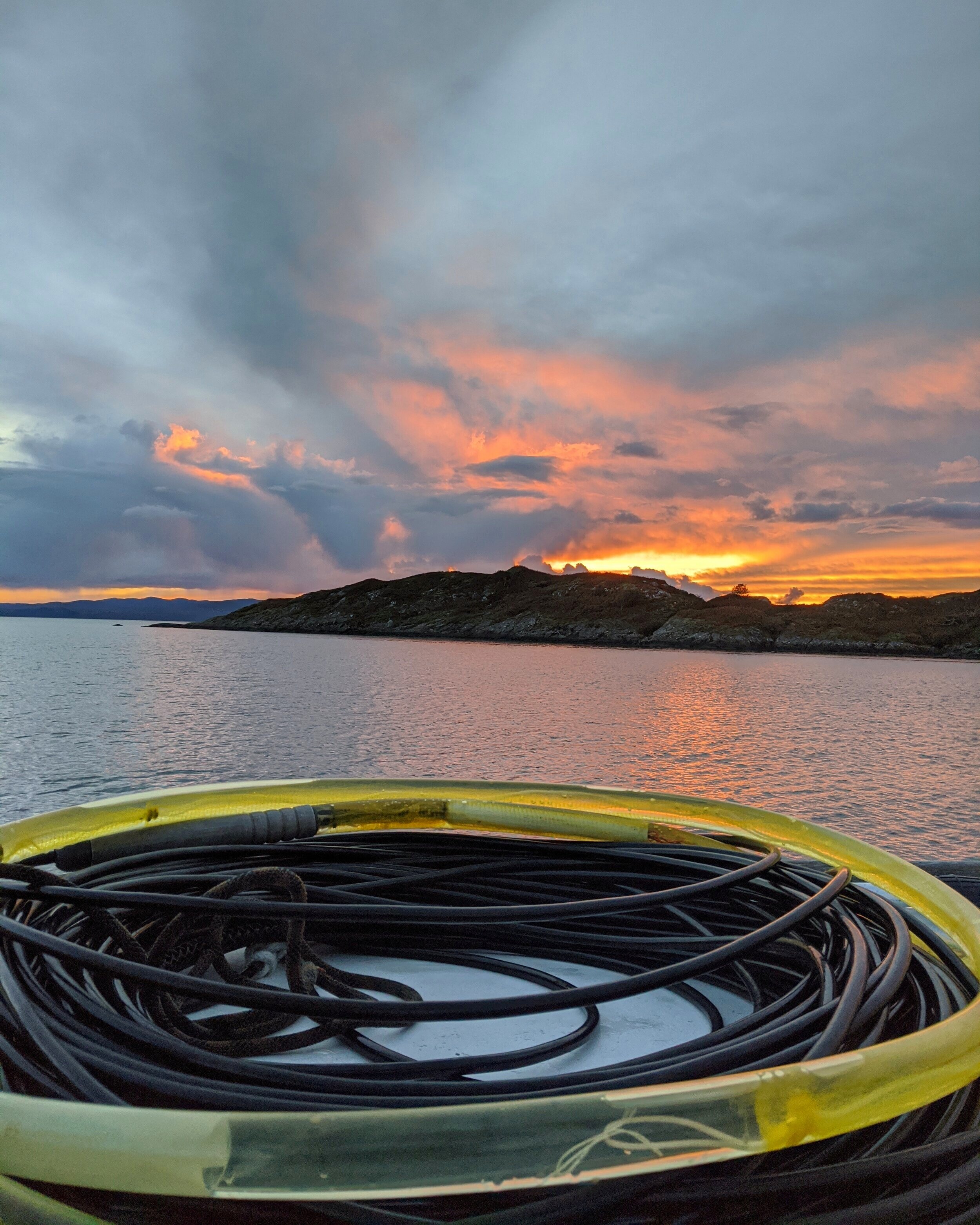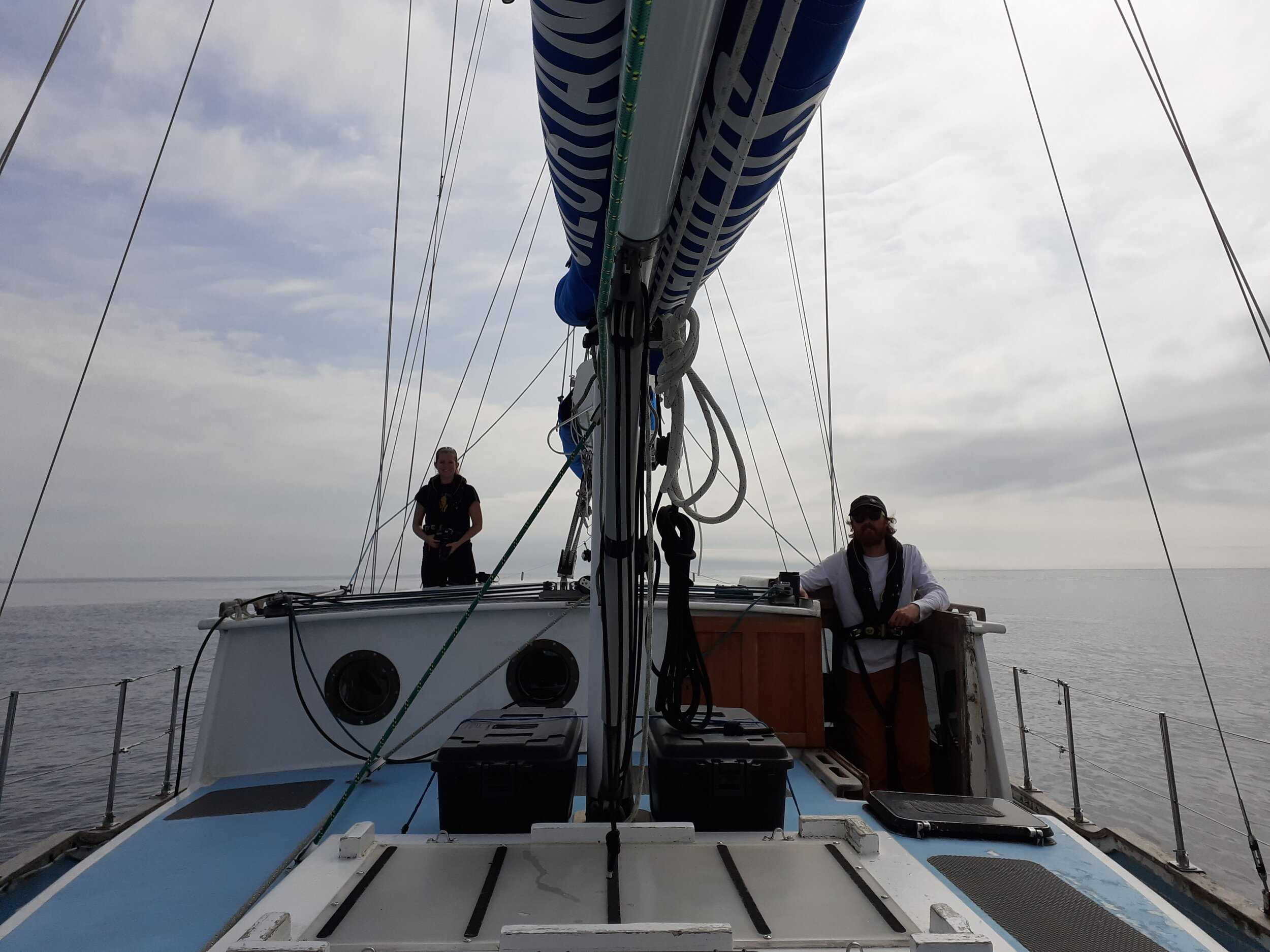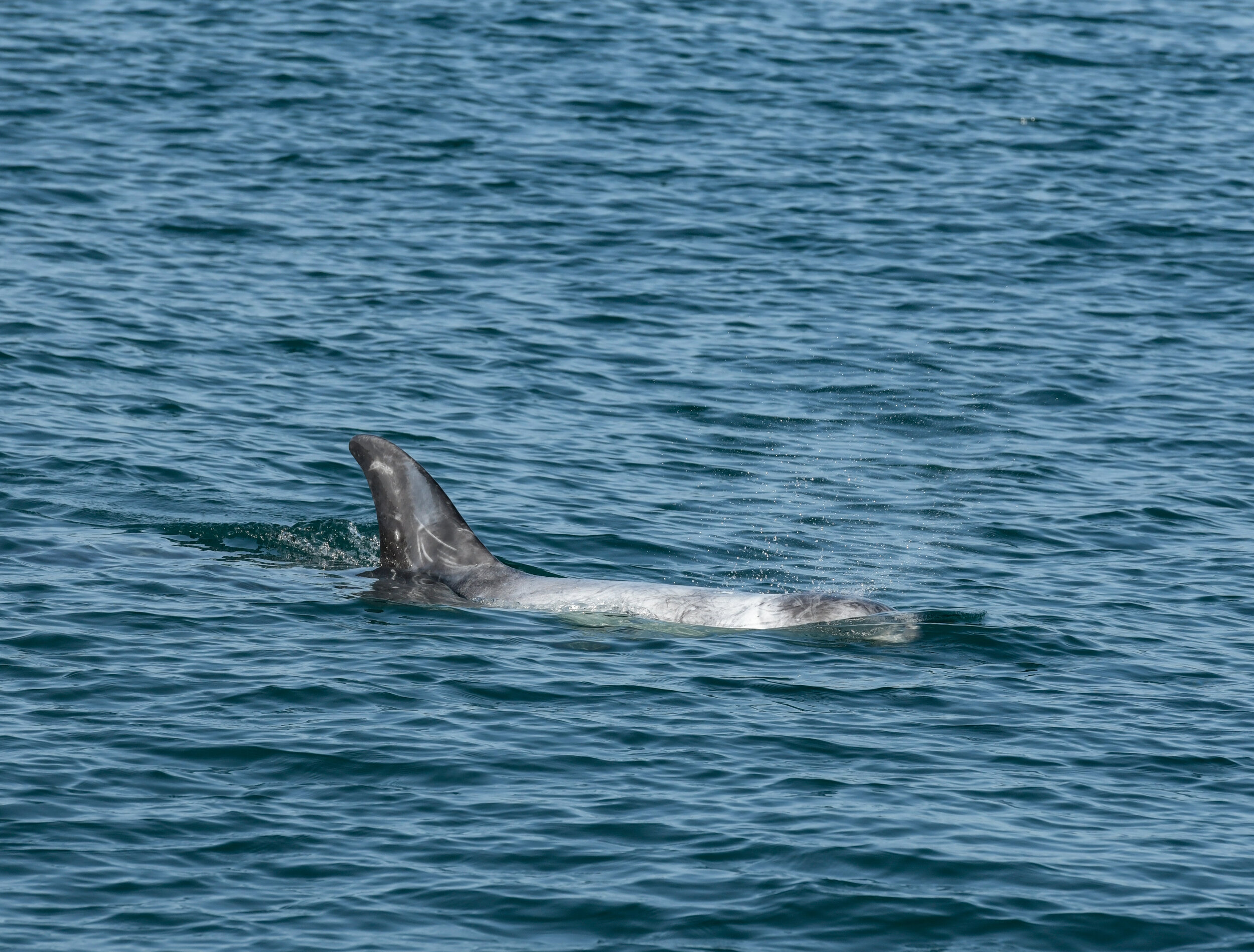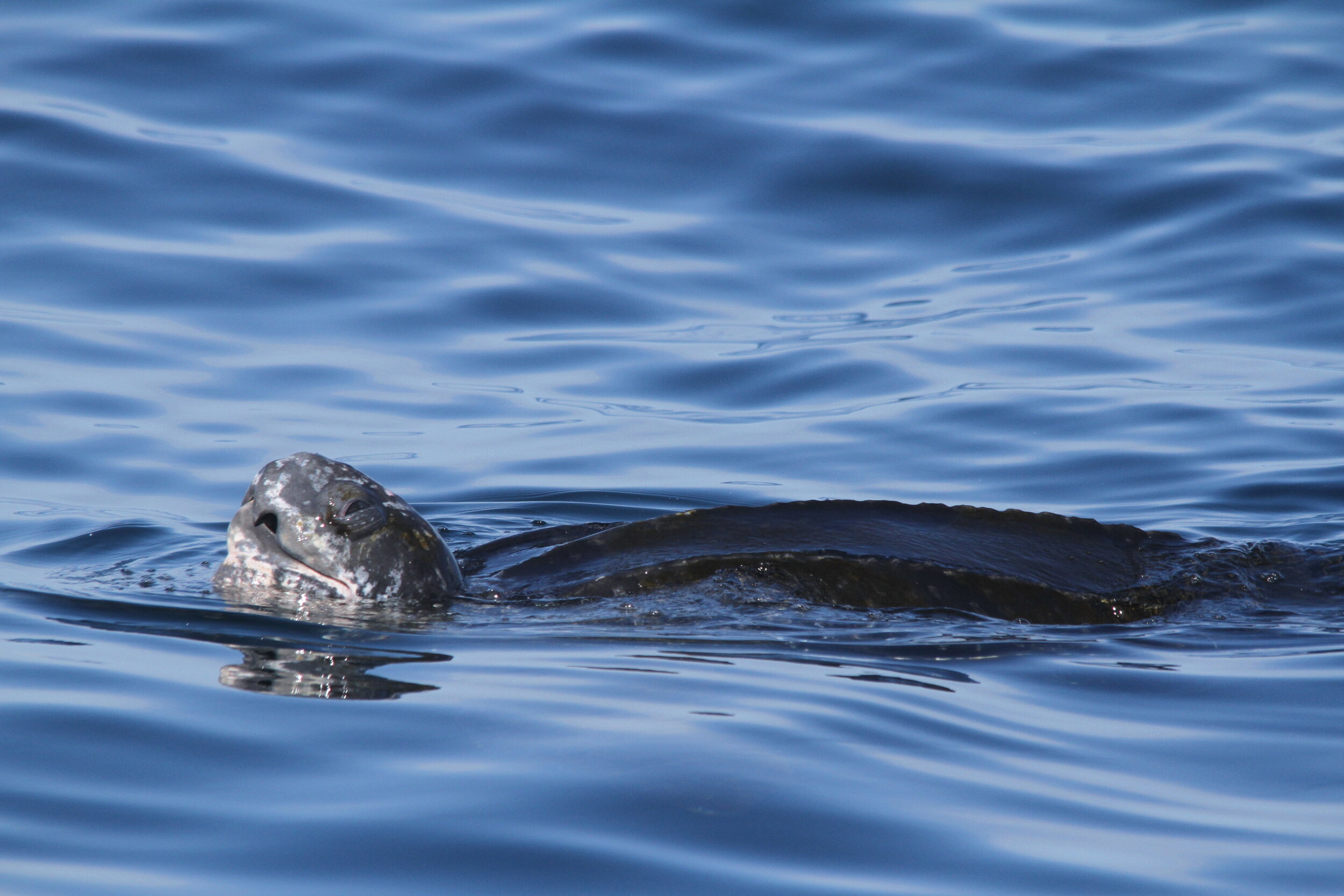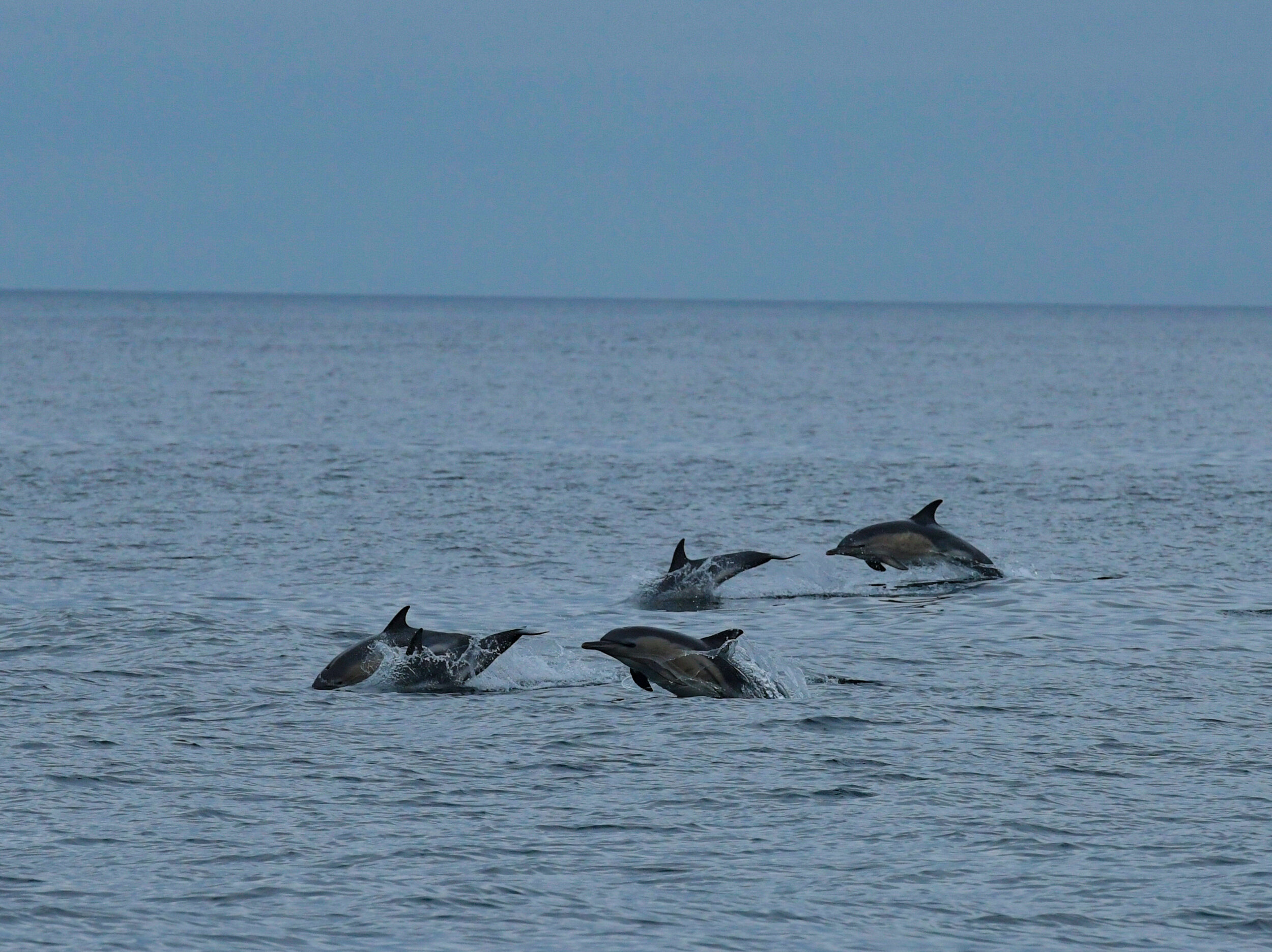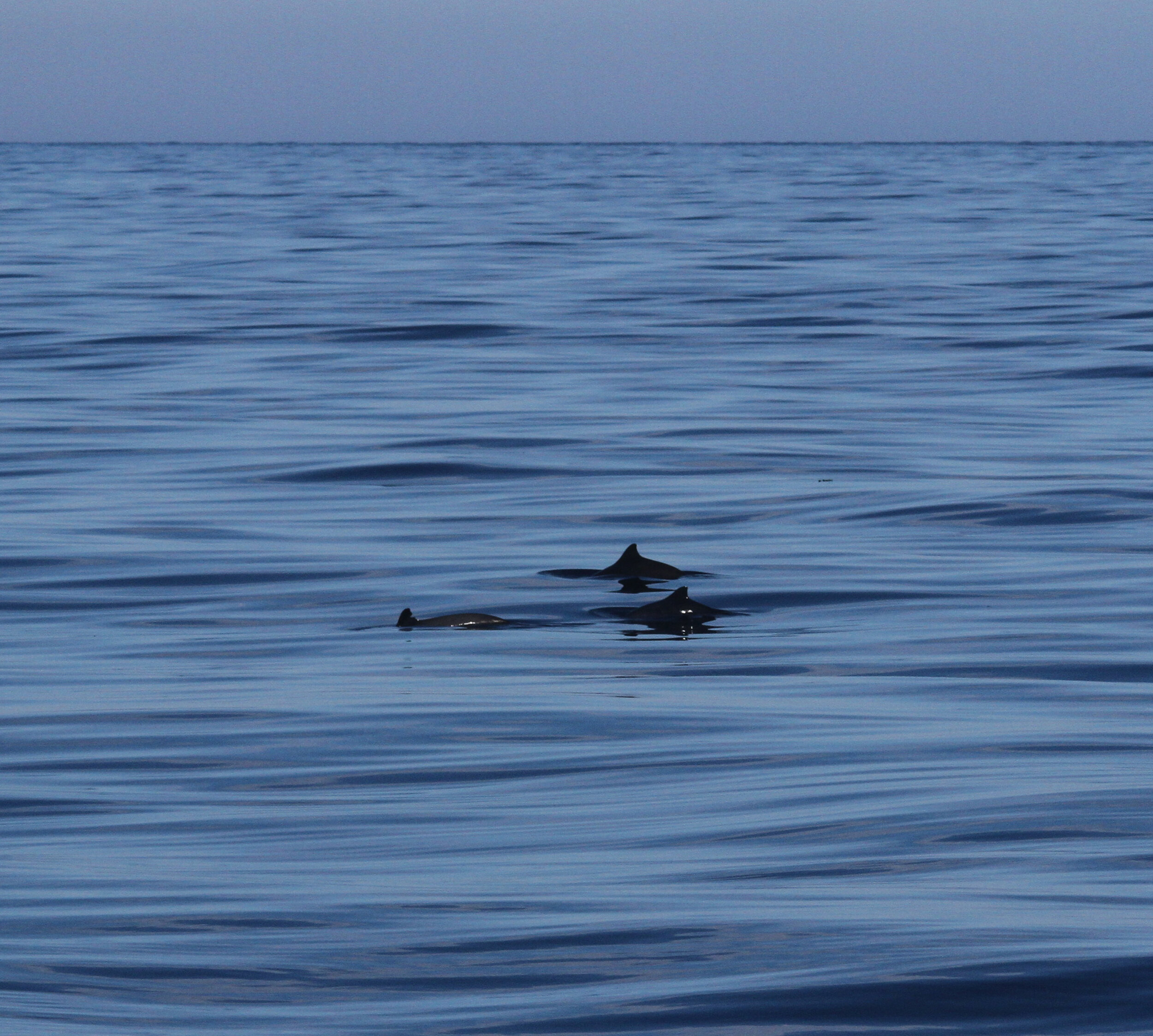Protecting cetaceans in a pandemic
THANKS TO CONTRIBUTIONS FROM MEMBERS OF THE PUBLIC SILURIAN WAS ABLE TO GET BACK ON THE WATER IN 2020
Like many research organisations around the world, our fieldwork was forced to a halt early last year. For the first time since 2002, our research vessel, Silurian, remained on her mooring, after we made the difficult decision to cancel all research expeditions in 2020. However, through a massive effort from over 250 supporters, we were able to get back out on the water to collect vital data on the whales, dolphins, and porpoises in our waters. Through a Crowdfunding campaign last year, you helped us to raise over £10,000 with donations from all over the UK. This allowed us the run a series of acoustic surveys, bridging the data gap created by the Covid-19 pandemic.
WHY WE CONDUCT ACOUSTIC SURVEYS
Whales, dolphins, and porpoises have a highly developed auditory sense and sound is vital for all aspects of their life. Passive acoustic monitoring allows us to survey and monitor cetaceans species through the sounds they produce, as well as understand the marine soundscape in which they live and the potential impacts of acoustic pollution on the population, distribution, and behaviour of cetaceans in the region. During the surveys, we deployed a towed hydrophone array, which acts as an underwater microphone, continually recording all underwater noise. We also conduct ‘listening events’ every 15 minutes, where an aural assessment of the ocean soundscape is undertaken and the sounds that we hear are recorded.
Part of our acoustic monitoring includes recording and identifying harbour porpoise detections. Due to their small size and surfacing behaviour, harbour porpoises are still a challenging species to detect visually. However, they use echolocation almost continuously to find and hunt their prey and the characteristic clicks they produce during echolocation are easily distinguished from background noise making them an ideal candidate for acoustic monitoring.
WHAT WE WERE ABLE TO ACHIEVE
In just three months, you helped us to survey over 4,100 km over 44 days. We were able to achieve coverage all the way from the Sound of Jura in the south to Tiumpan Head in the north. Along the way, we collected over 390 hours of acoustic recordings, allowing us to hear beneath the waves and monitor natural sounds (dolphin whistles, snapping shrimp, etc.) as well as man-made noise (ship noise, sonar, etc.).
During the acoustic surveys, we detected and analysed over 840 harbour porpoise ‘events’. Detections were recorded throughout our survey area, with hotspots around the small isles, the Sound of Jura, north of the Isle of Skye, and the Summer Isles.
One of our surveys also monitored the Joint Warrior military exercise, which brings together the Royal Navy, the Royal Air Force, and the British Army, as well as forces from other nations. These exercises typically occur twice a year in spring and autumn. Military sonar used during these exercises can disturb cetaceans. During this survey, we were able to monitor any military sonar in the area and assess how this may affect the presence and behaviour of the cetaceans that we encountered. We heard sonar consistently during the first week of the survey. In total, we recorded 40 instances of military sonar along 14% of our survey track lines. There is another Joint Warrior exercise occurring in May 2021 and we are committed to getting back out on the water to monitor this.
Without the wonderful volunteers that usually join us on board, we were unable to record visual data consistently during the surveys. However, we still had some incredible sightings! We recorded over 470 sightings of seven species of marine mammals: common dolphin, harbour porpoise, minke whale, Risso’s dolphin, white-beaked dolphin, grey and common seals. We also had 19 sightings of basking shark and even had an incredible encounter with a Leatherback turtle, the largest marine turtle in the world! Common dolphins were the most commonly sighted species with 135 sightings of over 2,900 individuals, sometimes encountering super pods where hundreds of individuals come together to race beneath the waves.
WE COULD NOT HAVE DONE ANY OF THIS WITHOUT OUR SUPPORTERS
None of this would have been possible without the generosity from our supporters. We have been collecting this information on the underwater soundscape of Scotland’s west coast for over 18 years - it’s only through this long-term monitoring that we are able to identify trends and changes to the marine environment. It is essential that this monitoring continues in the future. 2021 is set to be another challenging year for our boat-based research and we are calling on your help to get us back on the water once more.
ONE DONATION, TWICE THE IMPACT
We have been selected to take part in the first ever Big Give Green Match Fund! Launching on Earth Day on 22 April, for one week only, we have an amazing opportunity to help HWDT get back out on the water this spring and continue our vital work to monitor and protect cetaceans on the west coast of Scotland.
We were unable to survey in the spring of last year due to the pandemic, so it is essential that we can get back out in 2021 as soon as we can. There is also a Joint Warrior Exercise taking place in May and it is vital that we are able to survey at this time to monitor the potential effects of sonar on the cetaceans in our waters.
Every pound you donate will be DOUBLED by The Big Give providing a potential cash boost of £5,000 to protect cetaceans in areas of critical habitat in Scottish seas.
With one donation, you can double your impact. Please help us make more surveys happen this spring.
SAVE THE DATE: 22-29 April.
Thanks also to NatureScot who part fund the data collection program aboard Silurian, supporting our Marine Biodiversity Officer post and winter survey programme, and the National Lottery Heritage Emergency Fund for their support in 2020.


